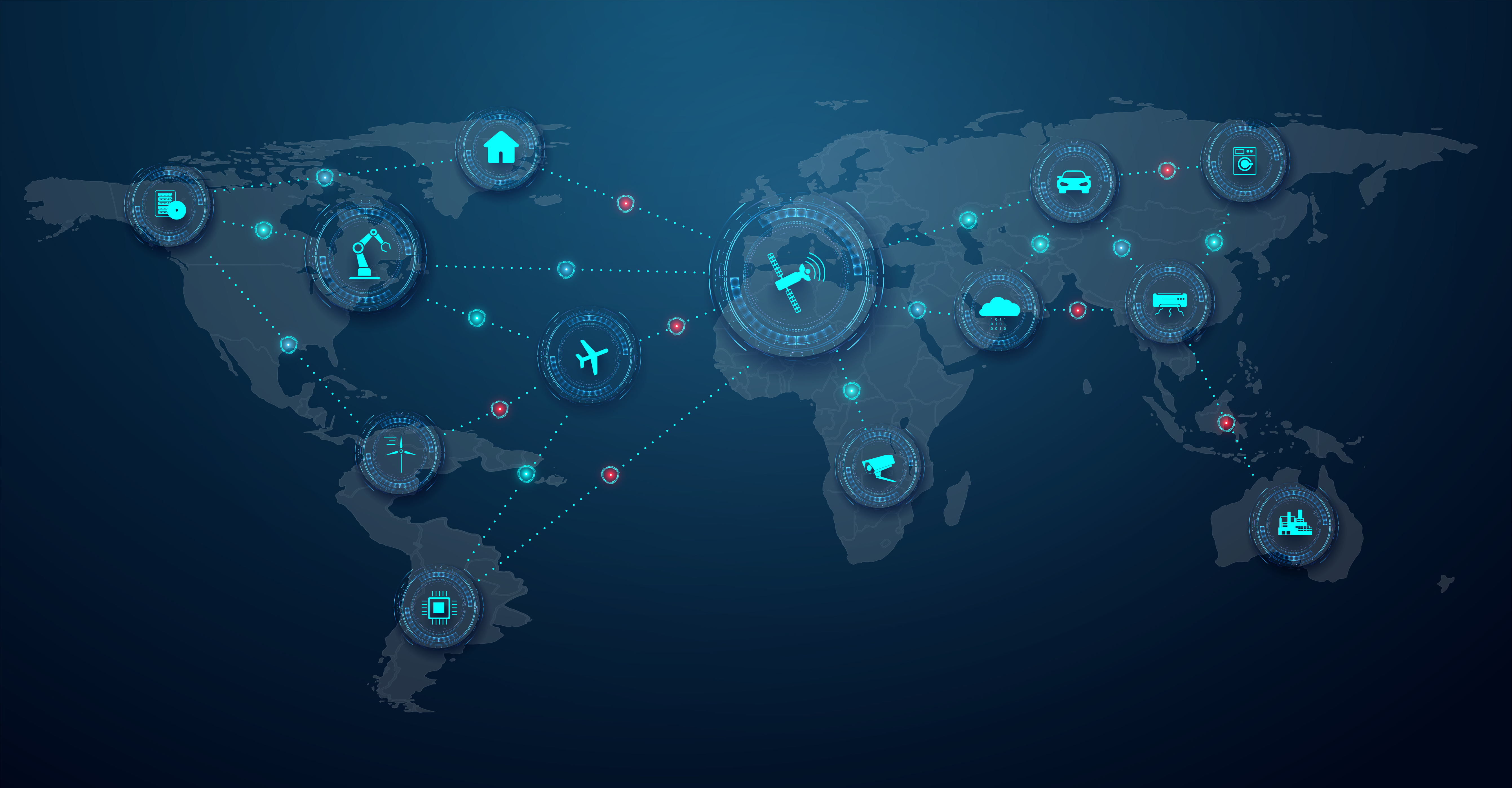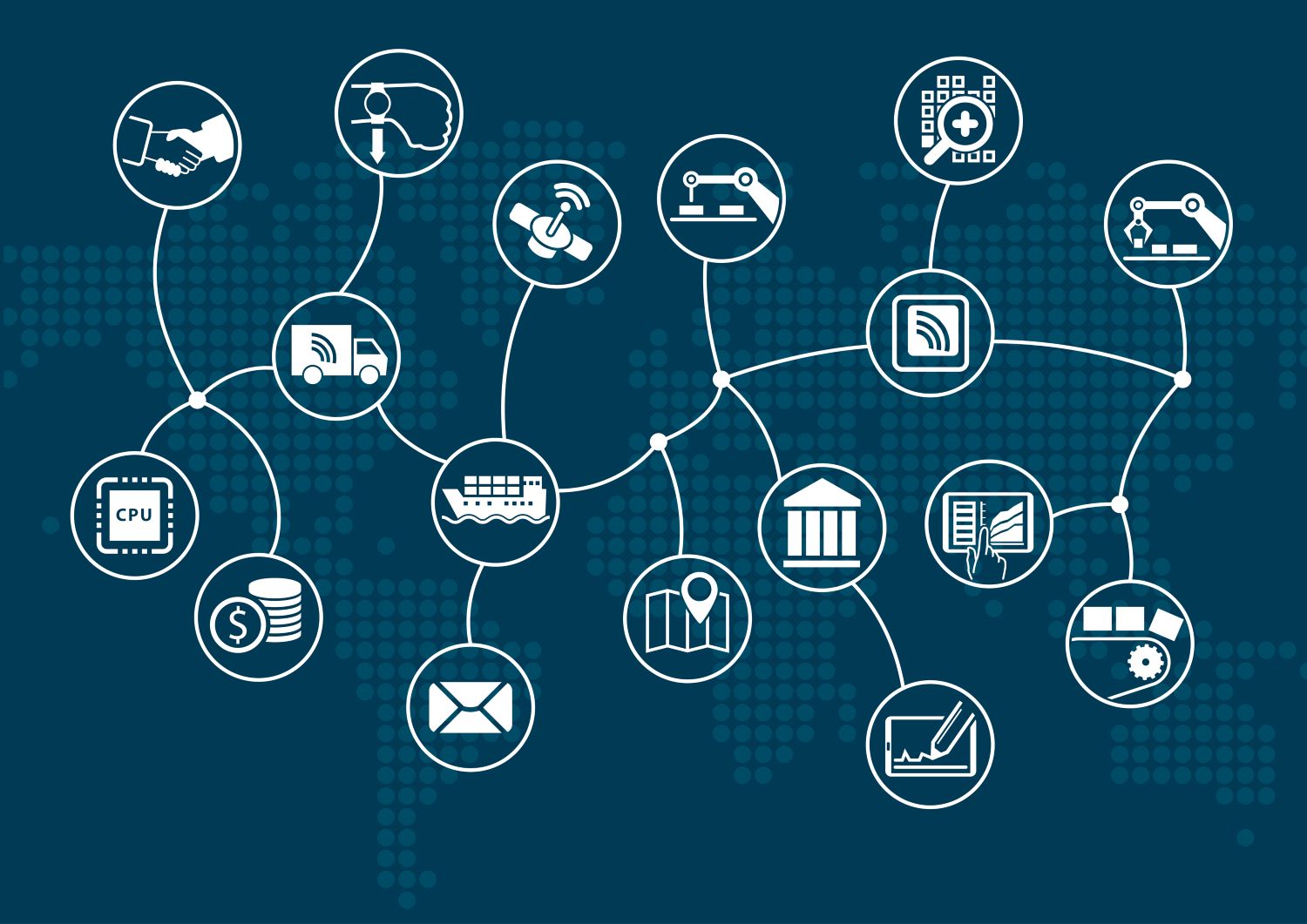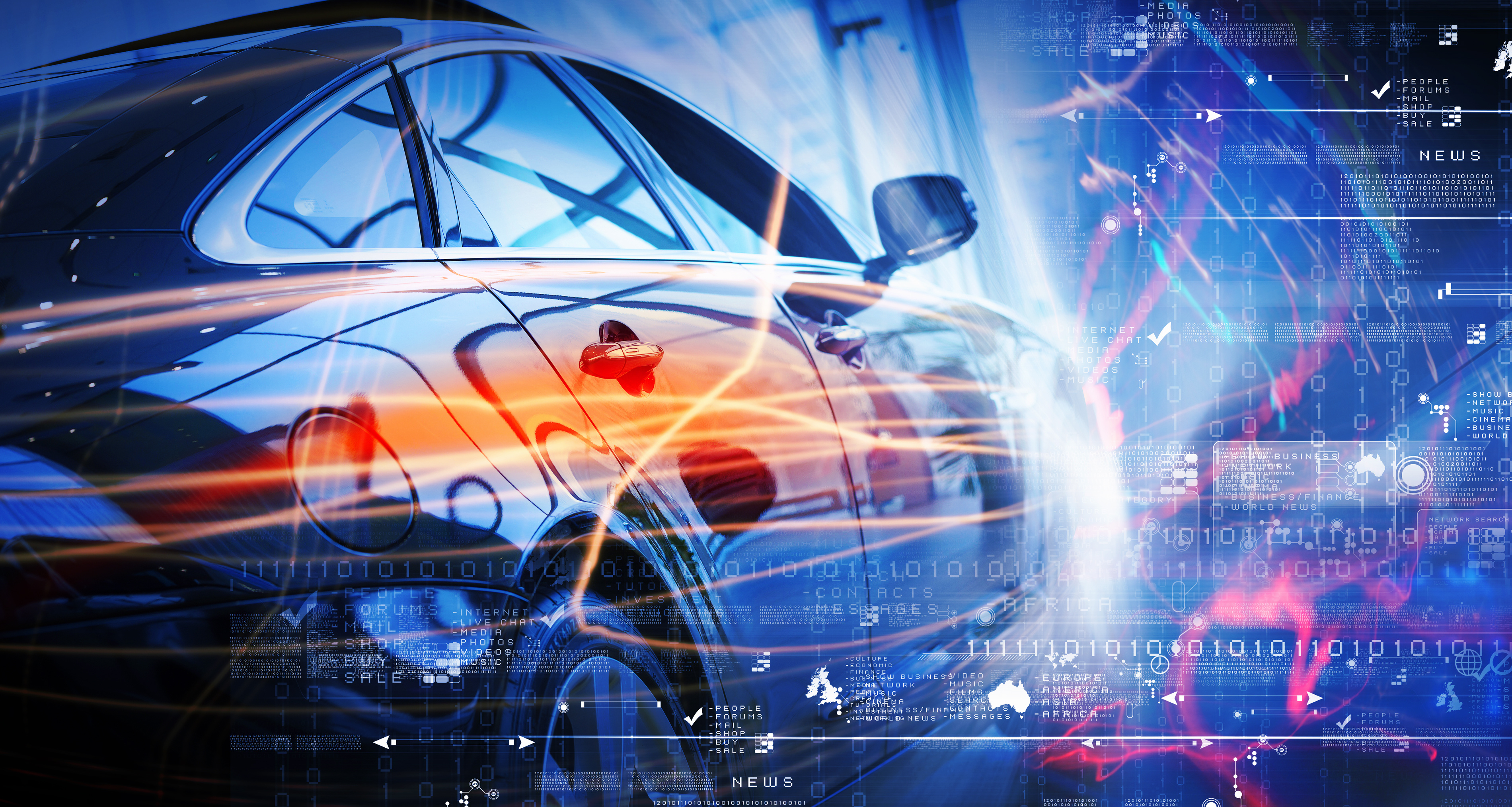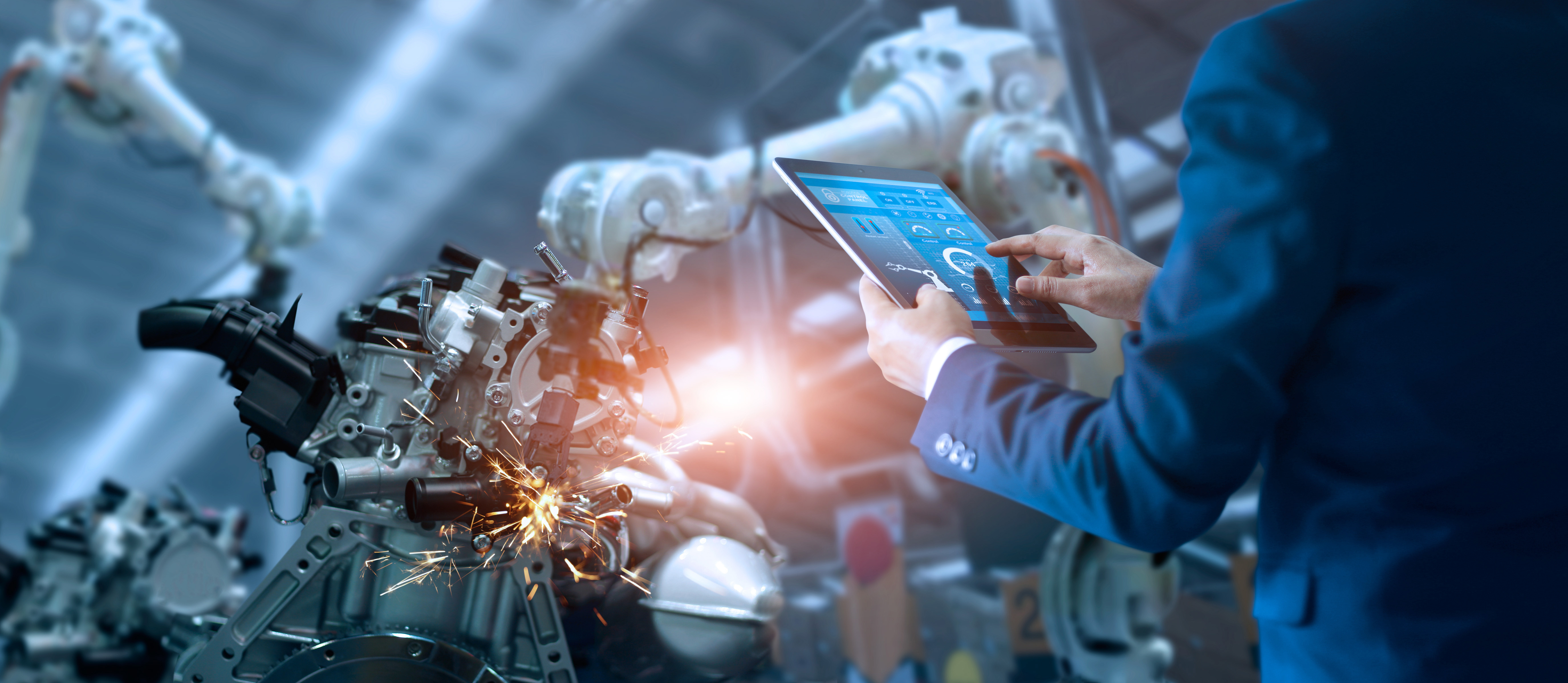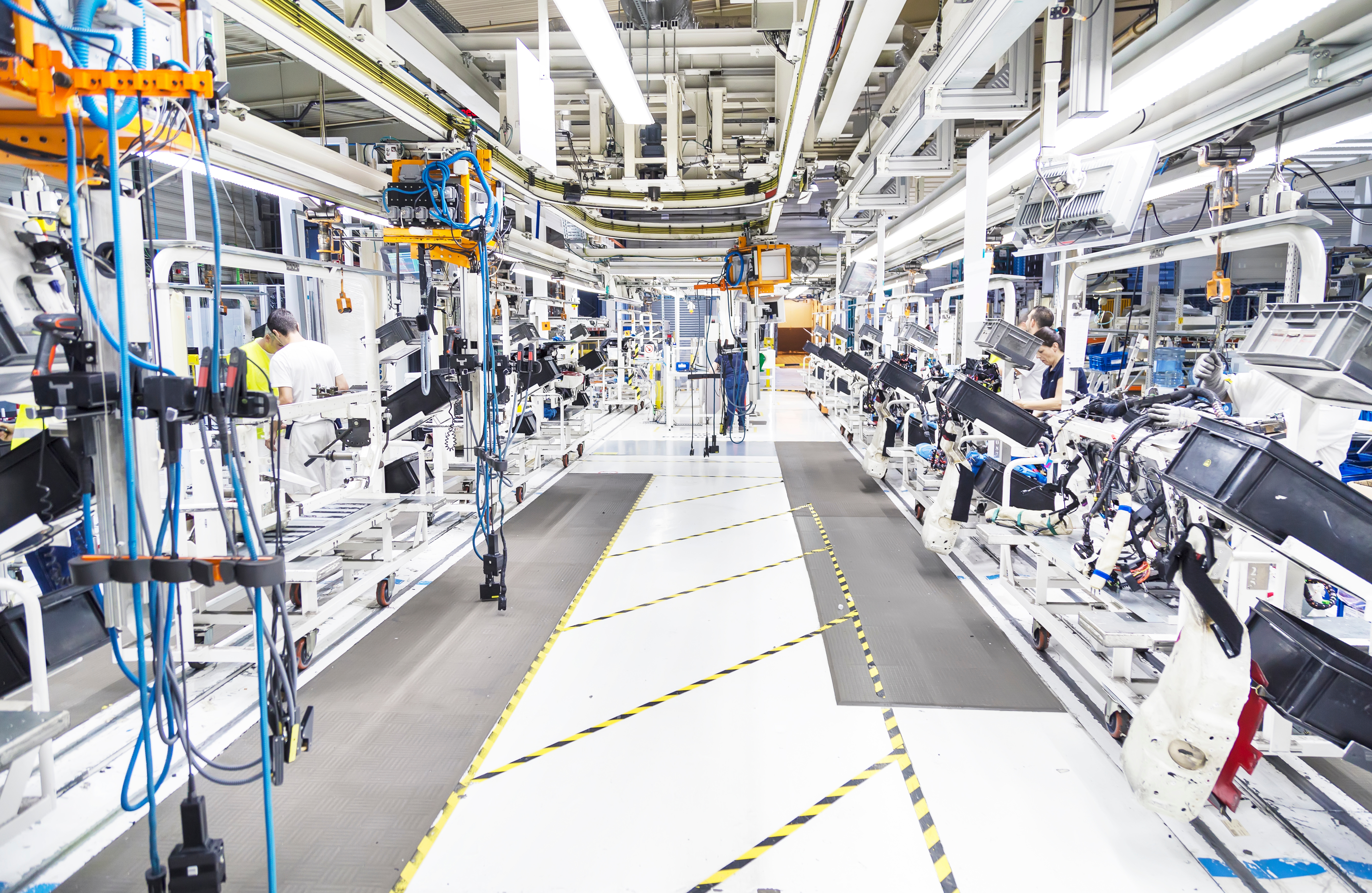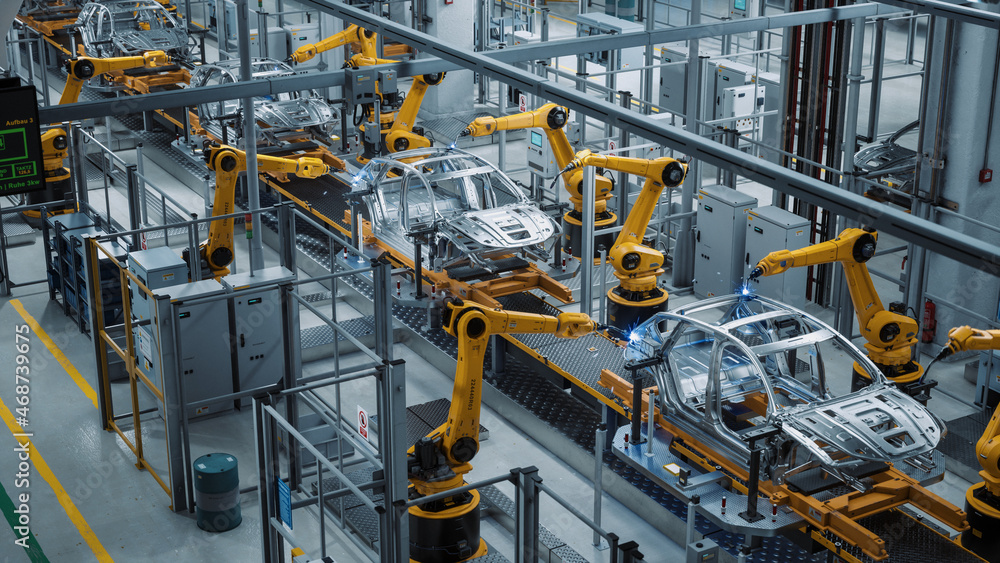Without a doubt the last three years have been some of the most challenging times for the automotive industry. Outside of financial conditions, such as in 2008, the list of challenges is long, with supply chain disruptions leading the way, most notably related to the chip shortage. However, other factors have significantly impacted production capabilities and delivery at a time when demand is high – and remains high.
We are all familiar with this story: The shortage of semiconductor chips due to the COVID-19 pandemic has slowed the production of vehicles, leading to long delivery delays and increased costs. This has also led to record low inventory levels for dealers, high demand and many starts and stops on production lines. The ripple effect has been like a tsunami for the automotive manufacturing ecosystem with suppliers struggling to maintain viability and economic survivability in some cases as they have to control costs with rolling production delays that impact their bottom line and staffing.
Overall, automotive manufacturing supply chain vulnerabilities have been exposed, not only with tangible and highly visible issues as semiconductor shortages. Other factors like cybersecurity, natural disasters, labor shortages are causing dramatic effects, and the list goes on.
The Increase in electric vehicle (EV) production, led by many regulatory initiatives globally, has been notable as the industry transitions at a rather quick pace. With the global push towards sustainability, the demand for EVs has risen significantly. Over the next five years, expectations are for a record number of EV launches.
This initially posed a challenge for “traditional auto manufacturers” who have had to adjust their production processes, lines and invest heavily in new technology to meet the burgeoning EV market requirements. Additionally, the deployment of a nationwide EV charging network and a reliable infrastructure to support EV adoption are required to kickstart full scale migration to this platform.
Other signifcant challenges or changes in the automotive industry include more software-driven options, the move to Industry 4.0 production methodologies and artificial intelligence all show promise, but may cause disruption in the short term as adoption progresses. Data is a linchpin in moviding to Industry 4.0. Aggregating the right data and using it as a true Business Intelligence tool across multiple platforms to provide real-time visibility into supply chain and manufacturing operations is critical.
Globally discovering and implementing solutions to the many challenges faced in today’s manufacturing environment is critical to curtailing future supply chain breakdowns, EV adoption and the myriad of other issues. Where do we start?
First, universal Investment in EV technology while meeting the demand requirements of today is obviously a need. Automakers are accelerating their investment in EV technology. However, there’s still a long road ahead, including the development of new batteries with greater ranges, faster charging platforms and lasting battery durability. At the same time, automakers strive to continue to meet production needs of automobiles available today and that can be delivered profitability. This is where technology and complexity simplification can help improve efficiency and drive down or maintain costs for margins.
Diversifying supply chains remains a crucial link to the entire ecosystem’s ability to thrive in the changing manufacturing frontier. The shortage of semiconductor chips highlights the need for automakers and suppliers to vary supply chains and reduce dependencies on a single supplier or region. This might mean more nearshoring of critical components and undertaking more risk assessment of their overall supplier network.
Alternative technologies that are less reliant on semiconductors and hard-to-source components can be explored, overall reducing dependent on any single component necessary for production. Technology can bring about unintended consequences, such as the threat of cyberattacks on critical systems. Establishing high-tech cyber defenses and processes that place a priority on network protection are extremely vital as there has been a tremendous spike in cyberattacks on suppliers and OEMs in the last few years.
To ensure a smooth transition to the world of smart factories, Industry 4.0, EVs and sustainability, collaboration among all stakeholders is vitally important. As a partner to the supplier community and logistics providers across the globe, Insequence stands ready to be a trusted source of innovation, partnership and forward thinker in the evolution of an industry set to remake the future of mobility

